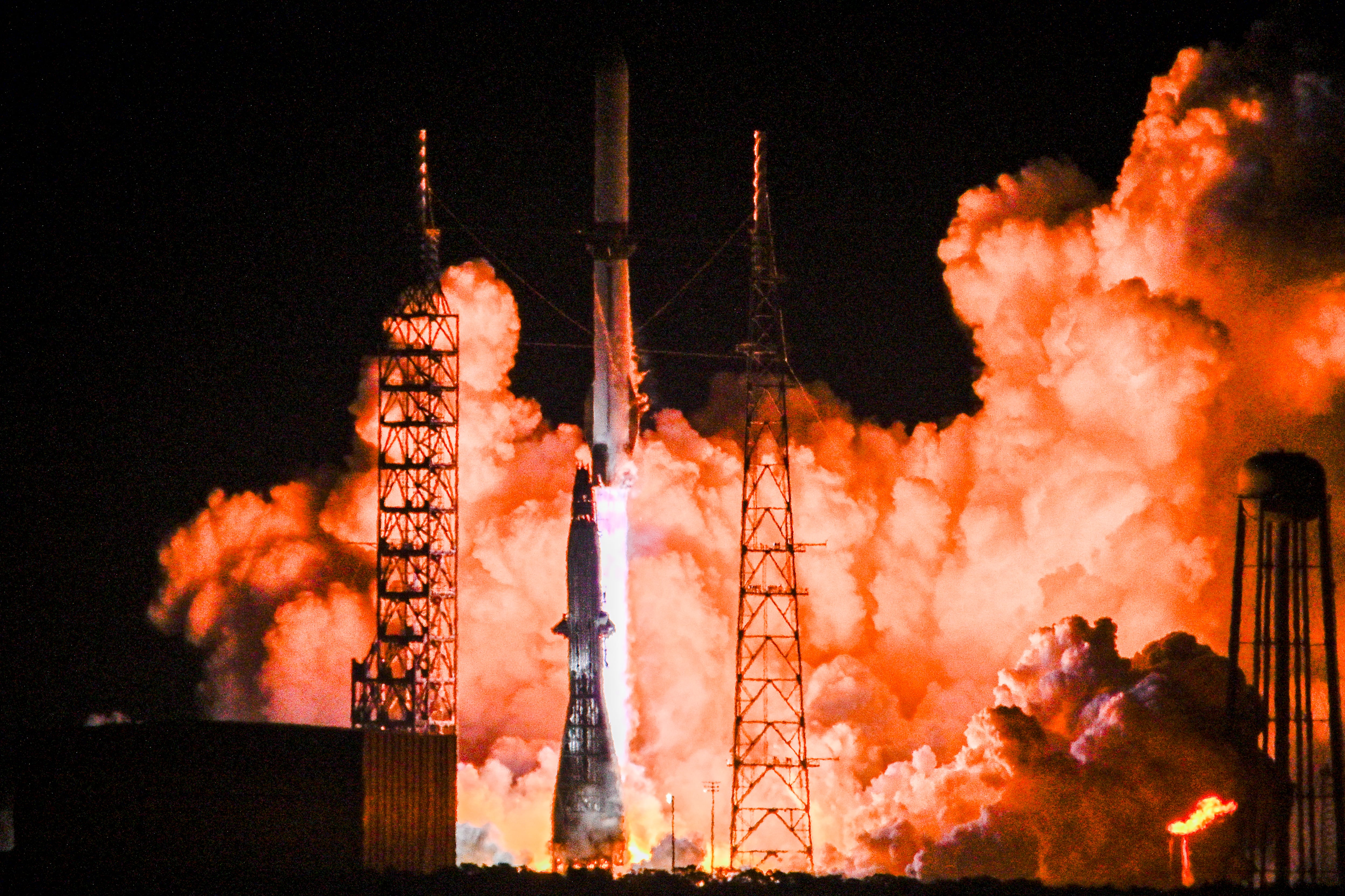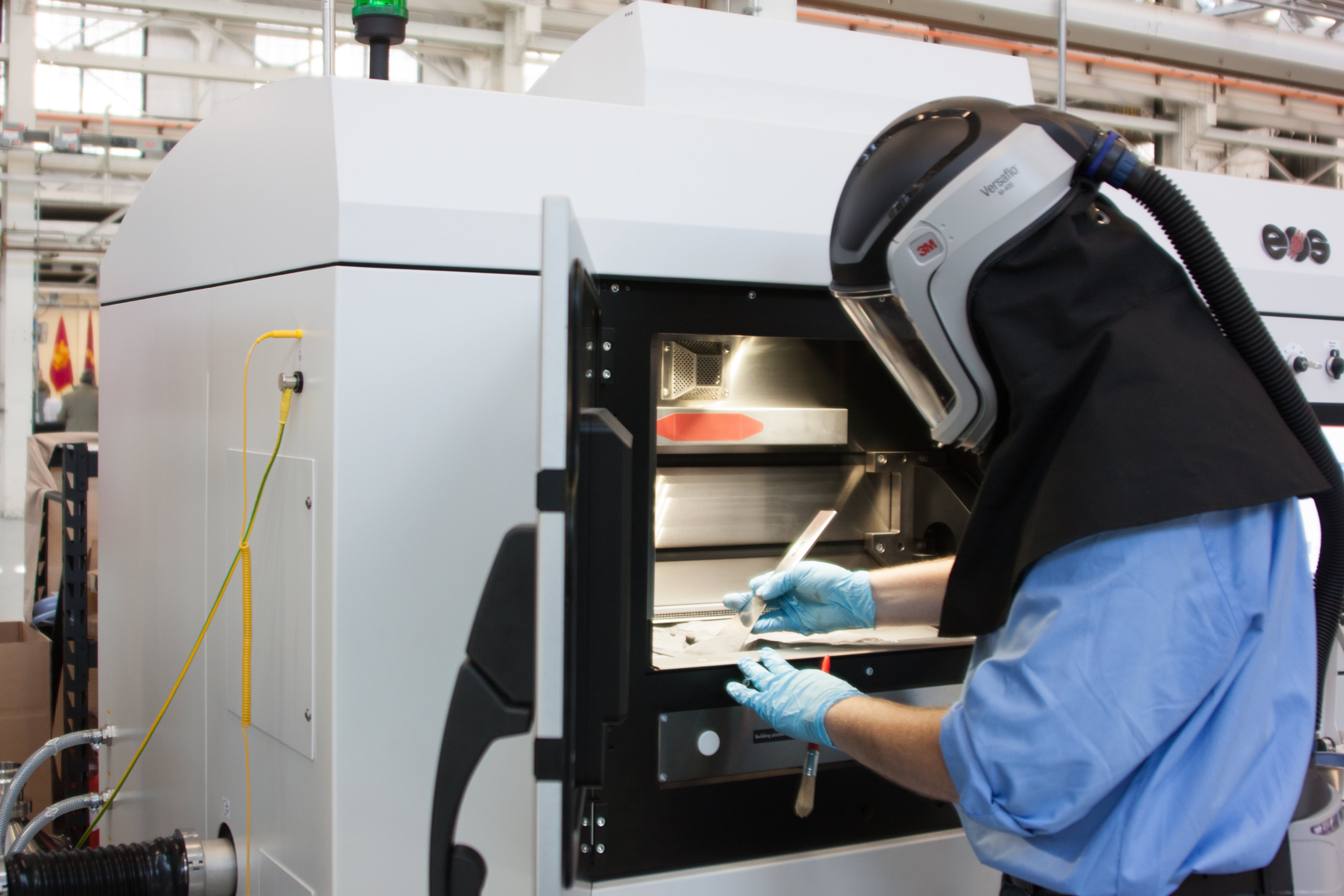A recent report highlights the fact that the commercial space sector is an increasingly important part of the military’s efforts in space, but there are places where industry falls short.
The national security space arena is a niche market, characterized by low production runs paired with a need for high-quality products. That combination makes it a difficult area for the commercial sector. While national security space increasingly relies on industry to provide components for space vehicles, the fact remains that in some key areas there are no domestic suppliers for critical technologies, leaving the United States dependent on foreign suppliers.
Here are four such technologies singled out in a recent report on the United States military’s industrial base:
Solar cells
According to the report, the commercial sector is not investing in the research and development needed to improve solar cells, which are used to power satellites. Businesses have maxed out the capacity for triple-junction solar cells, but do not appear capable of pushing forward to four- or five-junction solar cell technology. The Pentagon also wants solar cells that are able to withstand more radiation for longer than current products on the market.
Improving solar cells to get the same or more power out of even slightly smaller panels could have a major impact when it comes to launching a satellite into space, meaning that reducing solar panel size is highly valuable.
Tube amplifiers
Starting in the 1990s, the domestic supplier market share for traveling-wave tube amplifiers — electronic devices used to amplify radio frequency signals to high power — dropped from 50 percent to just 12 percent. While that market has shown a slight recovery, the presence of heavily subsidized companies like Thales in France make it difficult for American companies to compete.
Gyroscopes
Precision gyroscopes are used in spacecraft to determine altitude and are essential to providing inertial navigation systems. According to the Department of Defense, there is only one domestic supplier of hemispherical resonating gyroscopes, resulting in long lead times — the report claims that the company can only produce one to two units per month. Fiber optic gyroscopes fair better with three domestic suppliers currently manufacturing them, but those companies are themselves vulnerable to overseas supply issues with their subcomponents.
Infrared detectors
Just one foreign manufacturer produces the substrates necessary for space infrared detectors, and the Pentagon warns that a disruption of any more than a few months of production of the substrates could negatively impact the quality and completion of American satellites.
Because of this, the U.S. government has used a Defense Production Act of 1950 provision that allows it to offer economic incentives to either develop, sustain or expand domestic production of technology critical to national defense, and an Industrial Base Analysis and Sustainment program is in the works to support the remaining two American foundries for one type of substrate.
Nathan Strout covers space, unmanned and intelligence systems for C4ISRNET.








